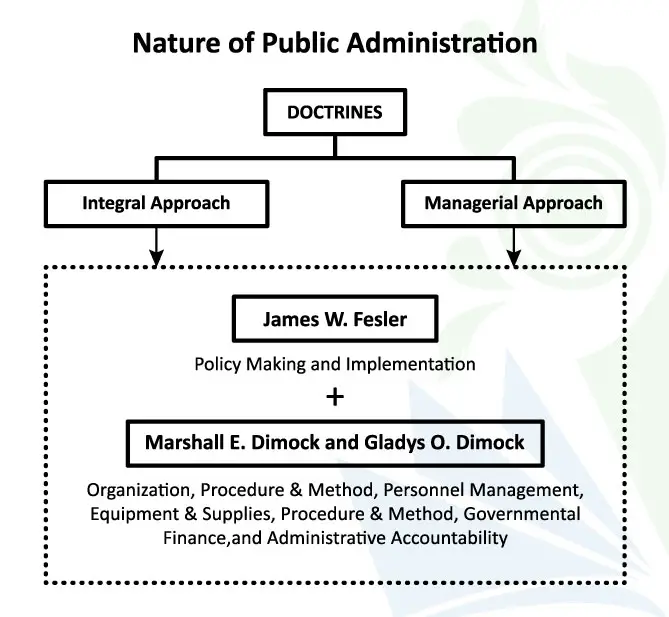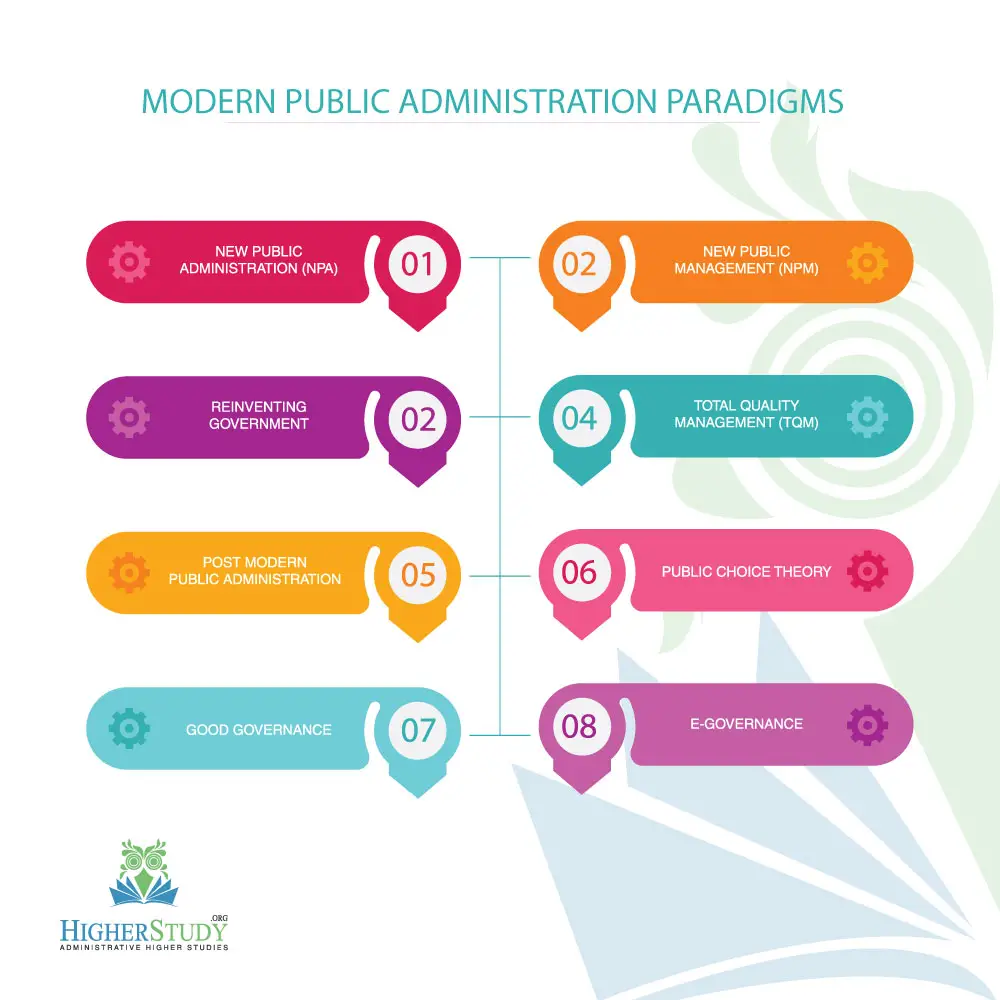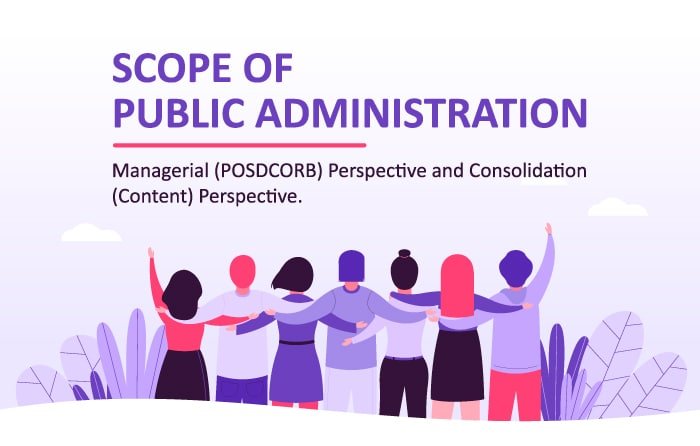A Brief Account of Accountability
The development of scientific management, effectiveness, and efficiency in the private sector can be dated to the early twentieth century and credited to the work of Fredrick Taylor. The adaptation of these same technologies in the public sector, specifically human services, is of recent origin. They have penetrated human services because of increased demand for these services, rising expenditures, changing political priorities, and unclear human service professions’ accomplishments. This demand for criteria for measurement of accomplishment has been termed accountability.
Link: Important NPM Principles
Accountability, in some form, has usually accompanied the delivery of human services in the public sector. But the shape of accountability has greatly changed and in direct proportion to its prominence. Robert Haveman notes:
Until the late 1950’s or early 1960’s, public expenditure analysis was not generally recognized as a distinct field of economic inquiry… The neglect of public expenditure analysis by economists has been reflected in federal government practice. Prior to the late 1950’s, it was the rare government expenditure program whose benefits and costs were evaluated either before its establishment or while in progress.
Haveman implies, therefore, that the Federal Government Eventually recognized the need for an ongoing system of accountability. In 1963 the Defense Department initiated a program to ensure accountability within that agency. Two years later, the Johnson administration directed each Federal agency to develop a modern planning-programming-budgeting-system (PPBS). The objective of this program was “to use the most modern management tools so that the full promise of a finer life can be brought to every American at the least possible cost.” The intent was to enable the government to prioritize goals and measure programs’ performance to ensure a dollar’s worth of service for each dollar spent. William Gorham, Assistant Secretary for Program Coordination in HEW, provided a further analysis: he stated PPBS could be counted as a success if it helped clarify objectives, improved understanding of the alternatives available in meeting these objectives, and allowed the identification of the possible consequences of particular programs.
Link: Reciprocal Accountability Theory
Approximately one year later, after having reviewed some of the difficulties in conceptualizing and measuring the benefits of particular programs, Gorham offered this defense of PPBS:
But the very process of analysis is valuable in itself, for it forces people to think about the objective; of Government programs and how they can be measured.
If this system emphasized planning and measuring objectives, then accountability was taking on a more quantitative as opposed to qualitative form and becoming much more visible to the general public.
Social work initially tended to ignore this new form of accountability. However, as early as 1965, Alvin Schorr had warned that social work was due for a “year in the desert” due to the increasing stature of economics and systems analysis. By the early 1970s, however, the subject of accountability began to receive a great deal of attention from the social work profession; there was sufficient funding pressure to encourage them to do so.
Link: What is Business? Dimension and Factors of Business
HEW enacted another program that elicited some attention in 1972. It was known as GOSSS (Goal-Oriented Social Services System). A reading of the philosophical basis of GOSSS provided a critical analysis of “traditional” accountability:
Although $1.8 billion of Federal, State and local funds was spent for social services in the fiscal year 1971, little information exists as to the effectiveness of these services their actual impact on people. Basically, the reason so little is known about the effectiveness of social services is that state reporting has largely been a matter of ‘process’ reporting; that is, how many individuals and families received what kinds of services. No systematic, national format has existed for measuring the results of service activities toward a single set of goals and objectives.
GOSSS, in contrast to the traditional approach, was to have accountability “built-in with the determination of specific operational targets toward which all efforts and activities are directed and against which effectiveness is evaluated. Also, the emphasis of the system is on the outcome of services for the consumers. The focus is on the product, not the process of the service.”
With the change of administration in 1972, GOSSS failed to achieve greater recognition. Nonetheless, some human service agencies (e.g., Montana and Minnesota) currently operate programs employing the GOSSS philosophy. GOSSS and PPBS further the trend toward a more objective form of program evaluation and accountability. Scott Briar in 1973 referred to this trend as the “Age of Accountability,” an age when nothing will be taken for granted. Briar further interpreted this new accountability as demanding that social workers prove that what they do is worth supporting. To this end, he advocated 20% of the resources in social work agencies, schools, and organizations be allocated to the task of improving and demonstrating the effectiveness of social work.
Link: Toward Theory of Accountability
As rational devices, both PPBS and GOSSS had emphasized planning and measuring goals as criteria for demonstrating accountability. It must be recognized, however, that rational planning and programming processes are susceptible to political manipulation. As Aaron Wildavsky, discussing PPBS, points out:
Because the cost-benefit formula does not always jive with political realities – that is, it omits political costs and benefits – we can expect it to be twisted out of shape from time to time.
A review of the literature indicates accountability re-emerged over the years from a nearly invisible, quantitative, and political form. Process reporting was replaced by a systematic, technical, often econometric method of program evaluation, which was initiated by governmental decree and which sought approval of the general public.




Everything is very open with a really clear clarification of the challenges. It was definitely informative. Your website is useful. Many thanks for sharing!